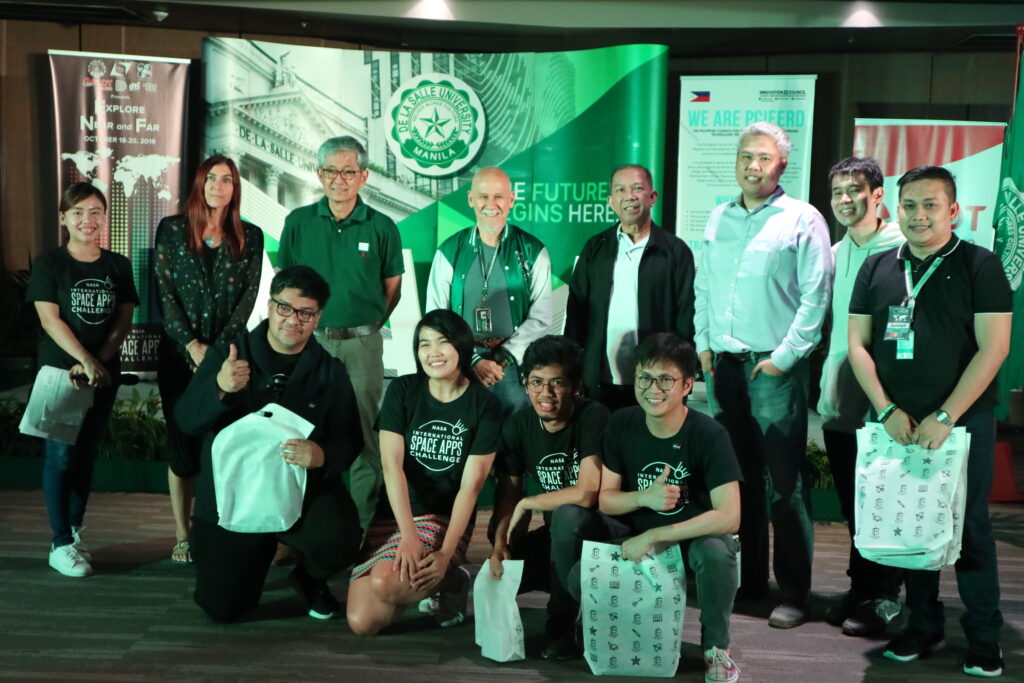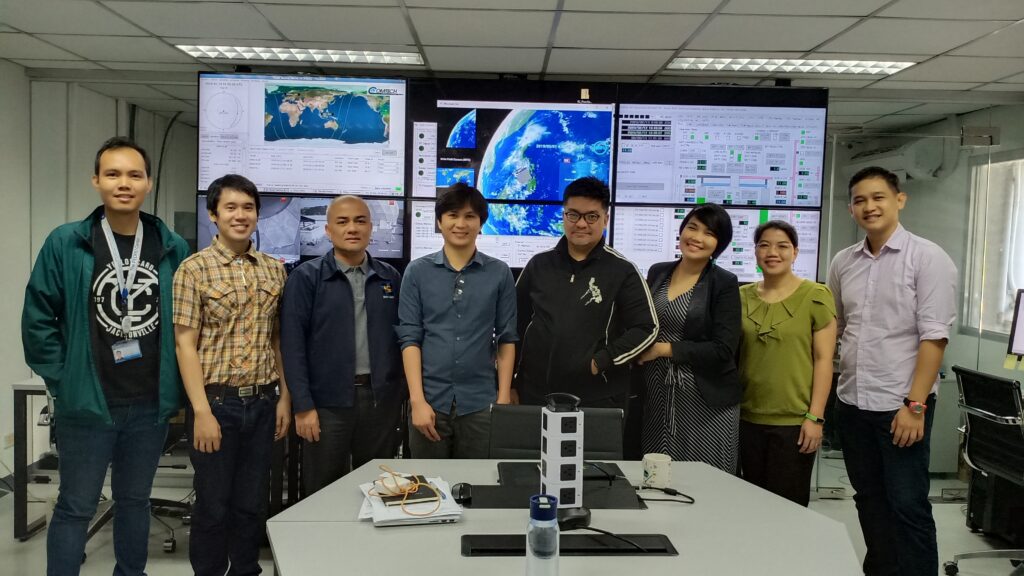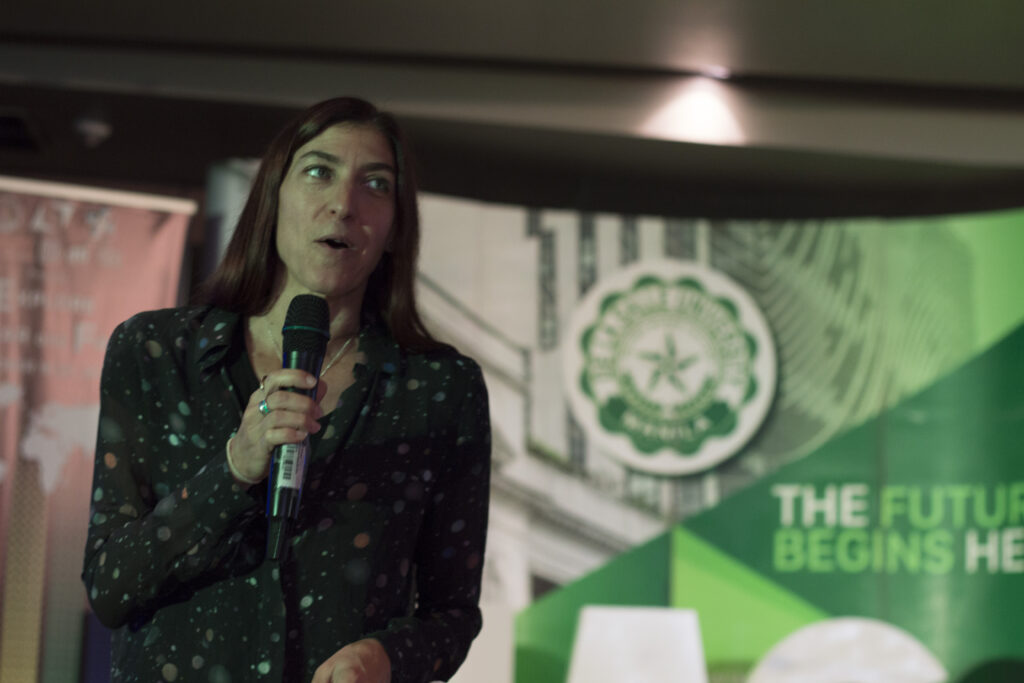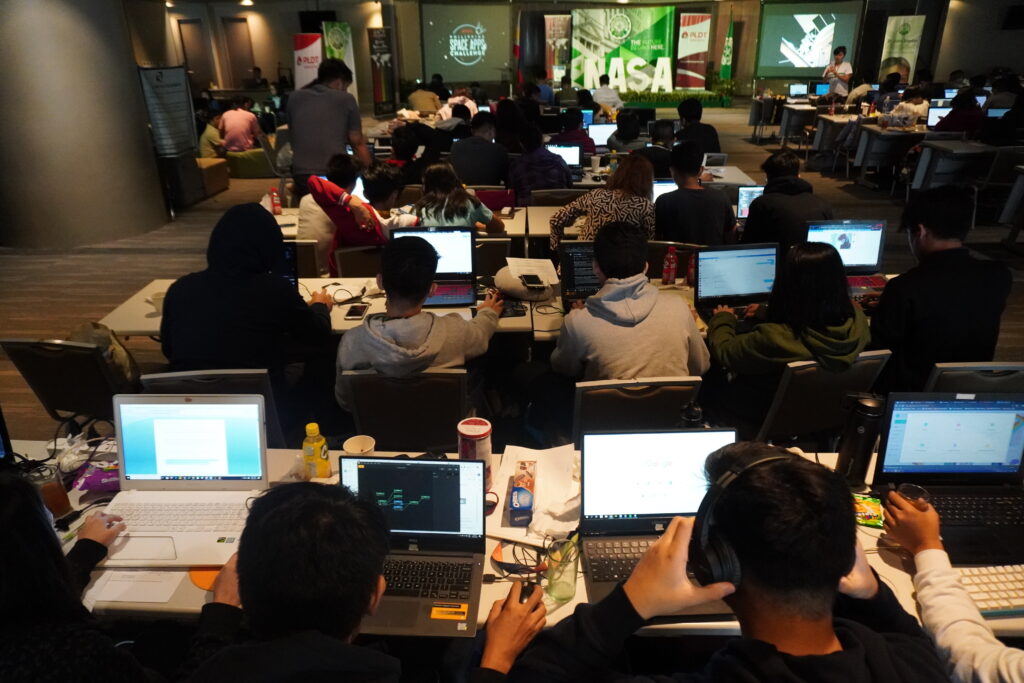No, it’s not forbidden to innovate, quite the opposite, but it’s always risky to do something different from what people are used to. Risk is the middle name of the bold, the builders of the future. Those who constantly face resistance from skeptics. Those who fail eight times and get up nine.
(Credit: Adobe Stock)
Fernando Pessoa’s “First you find it strange. Then you can’t get enough of it.” contained intolerable toxicity levels for Salazar’s Estado Novo (Portugal). When the level of difference increases, censorship follows. You can’t censor censorship (or can you?) when, deep down, it’s a matter of fear of difference. Yes, it’s fear! Fear of accepting/facing the unknown. Fear of change.
What do I mean by this? Well, I may seem weird or strange with the ideas and actions I take in life, but within my weirdness, there is a kind of “Eye of Agamotto” (sometimes being a curse for me)… What I see is authentic and vivid. Sooner or later, that future I glimpse passes into this reality.
When the difference enters, it becomes normal and accepted by society to make room for more innovation, change, and difference.
Cyberspace 2021.
The term “cyberspace” first appeared in fiction in the 1980s, incorporating the Internet invented earlier (1969). It’s as if time doesn’t matter, and cyberspace always exists. There might not be a name for it yet, but it sure did, like certain Universal Laws that we are discovering and coining, but that has always existed.
It is the ether of digital existence…!
In 1995, I was also called crazy — albeit nicely, by the way — when, from door to door, I announced the presence of something called the Internet. Entrepreneurs who esteemed me until they warmly welcomed me into their companies, perhaps because of my passion for explaining what was unknown to them, only to decline later what I proposed to them: placing companies in the network of networks.
I was affectionately dubbed crazy for a few more years until the part where “I stopped being crazy” to be another entrepreneur exploring something still strange called the Internet. We were about to reach the so-called “dot-com bubble.” The competition had arrived, and I clapped my hands; I no longer felt alone!
(Obviously, I wasn’t the only one to see the future forming in front of our eyes. I saw color on black and white screens.)
The heights of wisdom, the masters of the universe, began to emerge because they heard that the Internet was a business that made much money, and the gold rush became frantic and ridiculous. A few years later — some weren’t for years — there was a mushroom explosion.
After persuasion resulting from the obvious and not the explanations of insane people (me included), this new industry has matured and revolutionized the world. However, history tends to repeat itself, and several revolutions, large and small, have taken place since then. Some are so natural that change happens overt and viral. But more attention needs to be paid to some revolutionary changes that could jeopardize human existence as we know it.
I’m referring to Artificial Intelligence (AI) which is now everywhere, albeit invisible and tenuous. The exponential acceleration of technology is taking us there to the point of no return.
When Moore’s Law itself becomes outdated, it only means that technological acceleration has gone into “warp” speed. At the risk of us human beings becoming outdated, we must change our reluctance and skepticism.
There is no time for skepticism. Adaptation to what is coming, or what is already here among us, like extraterrestrials, is crucial for the evolution and survival of the human species. I believe we are at another great peak of technological development.
I always pursued the future, not to live outside the reality of the present but to help build it. After all these years of dealing with the “Eye of Agamotto,” I feel the duty and obligation to contribute to a better future and not sit idly by watching what I fear will happen.
Angels and demons lurk between the zeros and ones!
So far, with current conventional computers, including supercomputers, the acceleration is already vertiginous. With quantum computers, the thing becomes much more serious, and if we aren’t up to merging our true knowledge, our human essence, with machines, danger lurks.
Quantum computing powers AI, maximizing it. An exponentiated AI quickly arrives at the AGI. That is the Artificial General Intelligence or Superintelligence that equals or surpasses the average human intelligence. That’s the intelligence of a machine that can successfully perform any intellectual task of any human being.
When we no longer have the artificiality of “our own” intelligence and Superintelligence has emerged, it’s good that the bond between human and machine has already had a real “handshake” to understand each other, just like two “modems,” understood each other in the BBS (Bulletin Board System) time.
We human beings are still — and I believe we always will be — the central computer, albeit with inferior computational resources (for now), and replaced by mighty machines that accelerate our evolution.
There is no way out. It’s inevitable. It’s evolution. So, a challenge and not a problem. Perhaps the greatest human challenge. So far, it’s been warming up. Henceforth, everything done will have to be free of human toxicity so that New AI is, in fact, our best version, the cream of the very best in human beings; its essence in the form of a whole!
A digital transformation is a transition to a different world. The power of adaptation to this different world defines our existence (survival, like Darwin).
As you’ve already noticed, the title of this article (Innovation is a risk!) has a double meaning. Let me complement it with:
Life is a risk!







